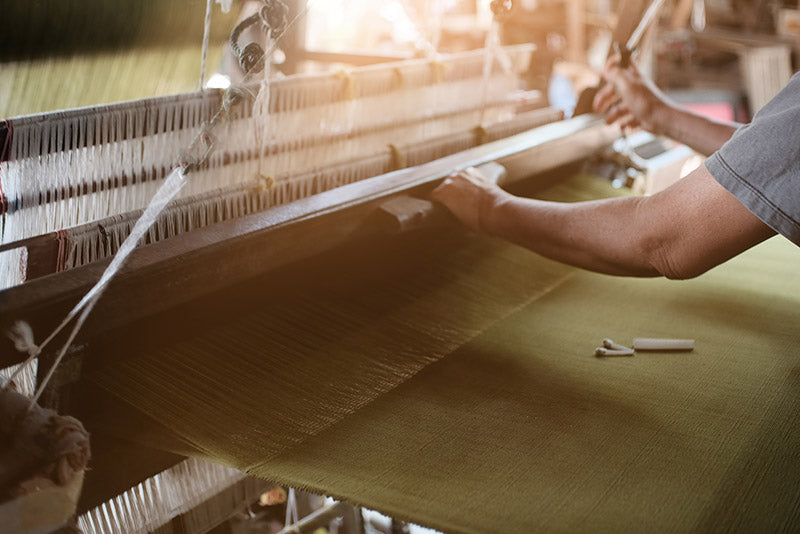Understanding why high thread count is not important

A lot of bed linen retailers are economical with the amount of information they impart about the make-up of their products. They choose to share only certain aspects that people are familiar with, but don’t mean much, for example thread count.
The quality of a fabric cannot be determined just by the thread count, as this can be manipulated. Also most retailers keep thread count details vague, by not disclosing what area it covers e.g. is it per square inch, or is it per 10 cm2 (as is often the case in Australia), or is it more?
It is the finishing processes applied to fabrics that greatly influence the quality and feel of it e.g. mercerization & singeing. In addition to these, there are other factors that need to be considered when deciding what constitutes good quality bed linen.
Let’s take a look at what we mean in closer detail…
Why cotton fibre lengths matter
Fibre lengths vary in length and are referred to in the textile industry as “staples”. Long length cotton fibres are referred to as “long staple” and short length cotton fibres are referred to as “short staple”. Most clothing is made of the “short staple” variety.
Long-staple fibres result in a softer, stronger, more durable fabric that’s far less likely to pill, fray and feel scratchy after just a few washes. However, most store-bought bed linen is made using short-staple fibres.

The importance of Yarn Count
‘Yarn’ is defined as a collection of cotton fibres that form a ‘single ply thread’, with its finesse being measured in ‘Yarn count’.
The term ‘Yarn Count’ refers to how many thousands of metres of thread achieve 1kg in weight. For example, a ‘60s Yarn Count’ would require 60,000 metres of thread to achieve that weight. ‘80s Yarn Count’ would take 80,000 metres of thread to achieve the same weight.
So, the higher the Yarn Count, the finer the thread will be. When 2 or 3 single-ply threads are twisted together, they become 2-ply or 3-ply respectively.
Thread count explained
Thread count is generally measured as the total of the number of vertical (warp) and horizontal (weft) threads per square inch of fabric. The higher the yarn count (finer the thread), the higher will be the thread count per square inch of fabric – and the more expensive the fabric will be.
If the fabric is woven using only single ply thread, it is only possible to achieve a thread count of around 300-400 threads per square inch of fabric using 60s Yarn thread, depending on how tight the weave is.
Unless thread of a yarn count in excess of 100 is used (resulting in very expensive bed linen), excessive thread counts indicate the use of “multi-picks” or “multi-ply yarns” and a poor quality product.
Our 60s Yarn Count bed linen is woven with a 70% weave coverage average between threads to give an optimal balance between breathability and fabric weight, thereby enhancing comfort while sleeping.
Inflating thread count using multi-ply threads
Thread count can be inflated using multi-ply threads (2,3 or even 4 ply). Quite often, manufacturers use a mixture of short and long staple yarns of lower yarn counts which result in a heavier and less durable fabric that is more likely to pill and feel coarse and scratchy after a few washes, as the short staple fibres start to poke through the fabric.
The fabric of our bed linen is woven using only long staple single-ply threads.
Inflating thread count using multi “picks”
“Picks” are threads woven horizontally into the fabric. A “single pick” is a single thread that is woven into the fabric at a time. “Multi pick” refers to 2,3,4 or as many as 8 threads that are simultaneously woven horizontally into the fabric, all bunched up. This artificially increases the thread count.
Multi-pick threads affect the structural integrity of the fabric as more strain is placed on the vertical threads. This results in a heavier and more fragile fabric.
Our bed linen is manufactured using only “single pick” insertion.
Bed linen with a high thread count at a really low price, should raise a certain amount of suspicion from the consumer. Thread counts only matter up to a point, with a measurement below 180 indicating thin and flimsy sheets.
View our buying tips page to understand what to look out for when judging the true quality of bed linen.